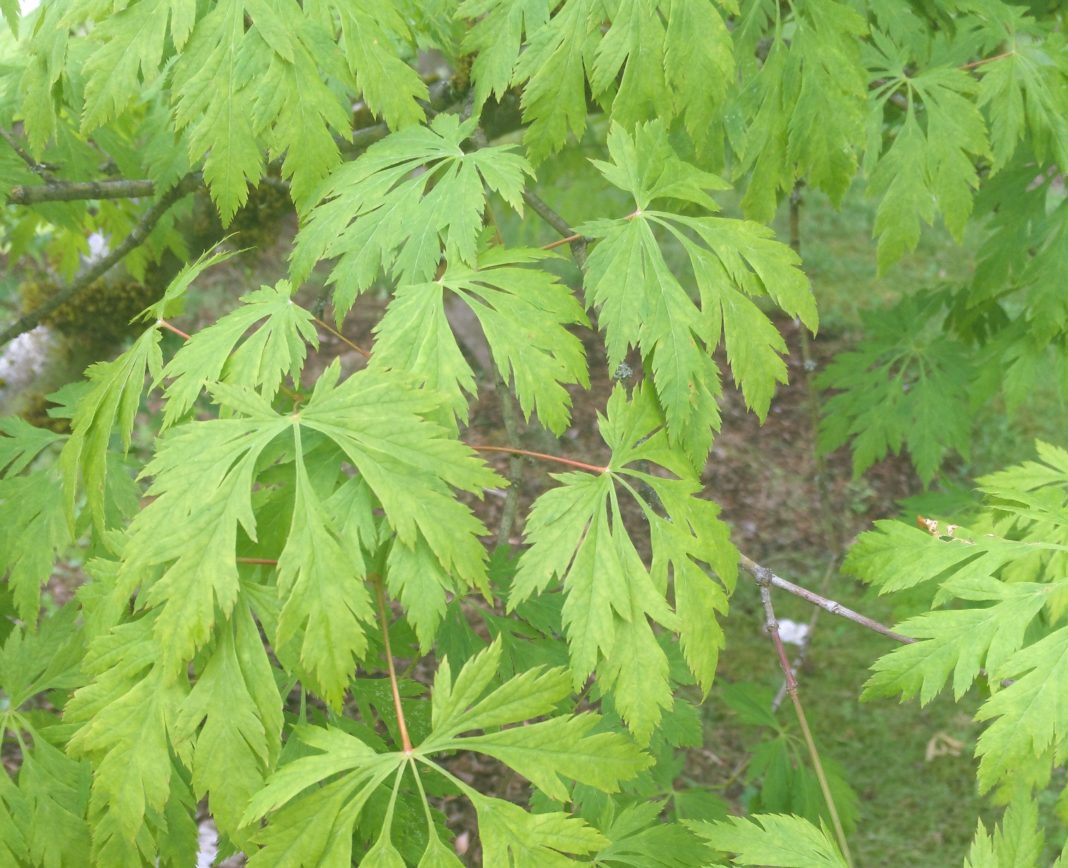Located in the heart of the South Puget Sound Community College (SPSCC), sits a place where the cares and stresses of everyday life melt away. Students and visitors alike can sit on one of the benches surrounded by a variety of foliage – green, red, or variegated with splotches of white or pink. Some of the plants are tall and stately, others elegantly bend and weep. This peaceful place is the memorial garden, one of many hidden gems around the SPSCC campus. “The garden honors staff and faculty that have been instrumental in the college and supporting students,” says Tanya Mote, executive director for the SPSCC Foundation, “It is our way of honoring their service to others after they have passed and continue their legacy.”
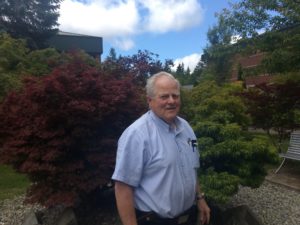
Photo credit: Holly Reed
Surprisingly, almost all of the plants in the garden belong to the genus and species, Acer palmatum, with a few from other sister species of the Acer genus. Acer palmatum, or the Japanese maple, as it is more commonly known, possesses some of the greatest diversity among cultivated plants in the world. The Japanese have been cultivating the maple for centuries. They would take cuttings of plants they found on picnics or outings. Commercial cultivation began in Japan in the 1700s. By the early 1800s, varieties had reached England. Currently, there are over 1,000 different varieties.
The Japanese maples that are a part of the memorial garden and the greater collection around SPSCC were part of a creative donation to the SPSCC foundation in 2007 by Frank Byles and his wife Gudrun. Byles’s work with the Acer palmatum began when he inherited a nursery from his Father-in-Law, which included about 150 varieties of the special plant. Over the years, Byles’s collection grew to over 800 distinct cultivars. He has been told by other Japanese maple enthusiasts that he may have the largest collection in the world in a single location.
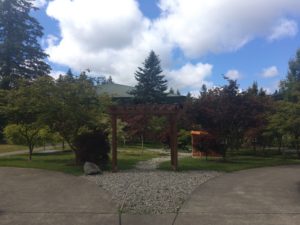
Byles knew that his special collection was not being appreciated on his .67-acre home, so he decided to donate it to the SPSCC Foundation. He has a long history with the college, his son Bruce graduated from SPSCC many years ago. Byles hopes that by donating his collection, individuals from our community and beyond will get to experience the beauty of the Japanese maples.
“We are so grateful for this donation of beautiful Maple Trees,” says Mote, “This gift will be enjoyed by our students and the community for generations.”
The Japanese maple makes an attractive choice for the landscape year round. In the spring, the new growth emerges. “They put on the most beautiful show in spring,” says Byles. During the summer, many of the varieties change color, and their growth really expands during the long days. In the fall, most of the maples turn red, producing beautiful foliage that will stand out against other plants in the landscape. Even in the winter, when the leaves drop, the maple is still beautiful. Without the leaves obscuring the branches, people are able to appreciate all the curves and angles that the maples have.
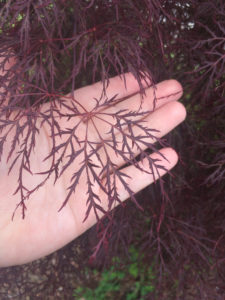
“Japanese maples appreciate year after year, increasing in value at 10 percent compound rate of return annually,” says Byles. Each tree at SPSCC is labeled with its variety, which helps retain its value. The monetary value of the individual trees is secondary to the incalculable value that the collection brings with its rarity, not only in size, but diversity.
So far about half of the donated plants have found a permanent home on the SPSCC campus. Byles would like to see the rest of the collection find a home around campus that is suited to each variety’s style and needs. He hopes students will take interest in learning about these special plants, and even find opportunities to practice care and propagation of the many varieties of the Japanese maple.
Byles urges people to visit and enjoy the beautiful maples around the SPSCC campus. The maple monument garden can be found between the Family Education Center & Child Care building (20) the Minnaert Center for the Arts (21) and the Administrative building (25). The majority of Byles’s donation can be found here. But keep an eye out all around campus for the unique and distinctive colors and shapes of the Acer palmatum.
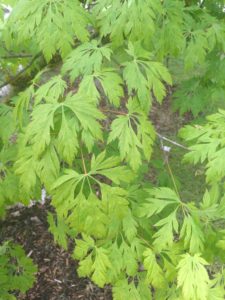
Photo credit: Holly Reed
The memorial garden is not the only hidden gem at SPSCC. The Percival Creek footbridge provides a peaceful location to reflect privately or in the company of others. The bridge represents the collaborative effort of the SPSCC Foundation, local tribes, state agencies, SCJ Alliance, Forma Construction, Sargent Engineers , and many other dedicated individuals. It is also part of a greater collection of public art, which can be found all around the SPSCC campus.
There are many unique ways to donate that will benefit the students of SPSCC, and the greater community. Creative donations like art, automobiles, STEM equipment and Byles’s Japanese maple collection are just a few of the gifts that enhance the campus for students and the public alike.
If you have a creative donation that you would like to gift to the South Puget Sound Community College Foundation, contact them by email or call 360-596-5430. To experience the hidden gems around the SPSCC, visit the campus located at 2011 Mottman Rd SW in Olympia.
Sponsored








































